ANODIZING ALUMINUM ADDS FUNCTIONALITY & EYE APPEAL
Anodized aluminum finishes meet the precise needs of a wide range of applications. From a precision component critical to the operation of a spacecraft, to medical device cases and trays, and even textured knobs for control panels on commercial aircraft… from machined parts subject to abrasive wear, to brightly colored consumer products, anodizing can economically add necessary operating characteristics and eye appeal. Anodized coatings stand up well to extremes of heat and weather where products are to be used outdoors. Aluminum Anodizing Considerations, Anodizing Considerations for Medical Devices Machined from Aluminum.

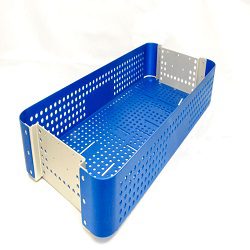
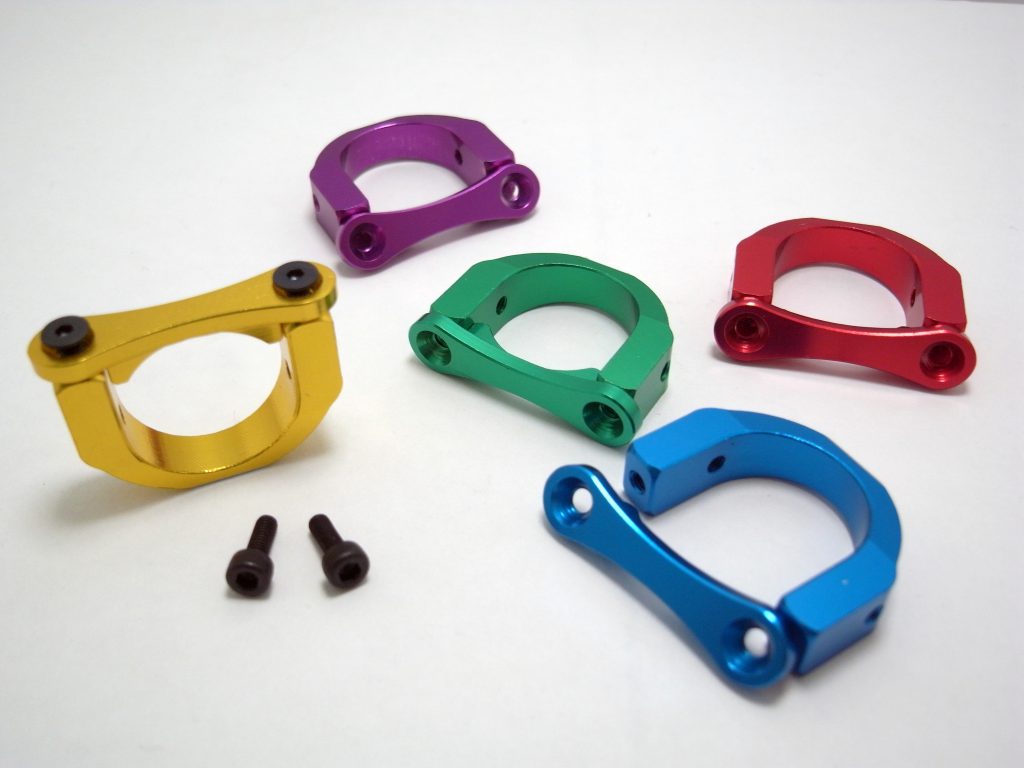
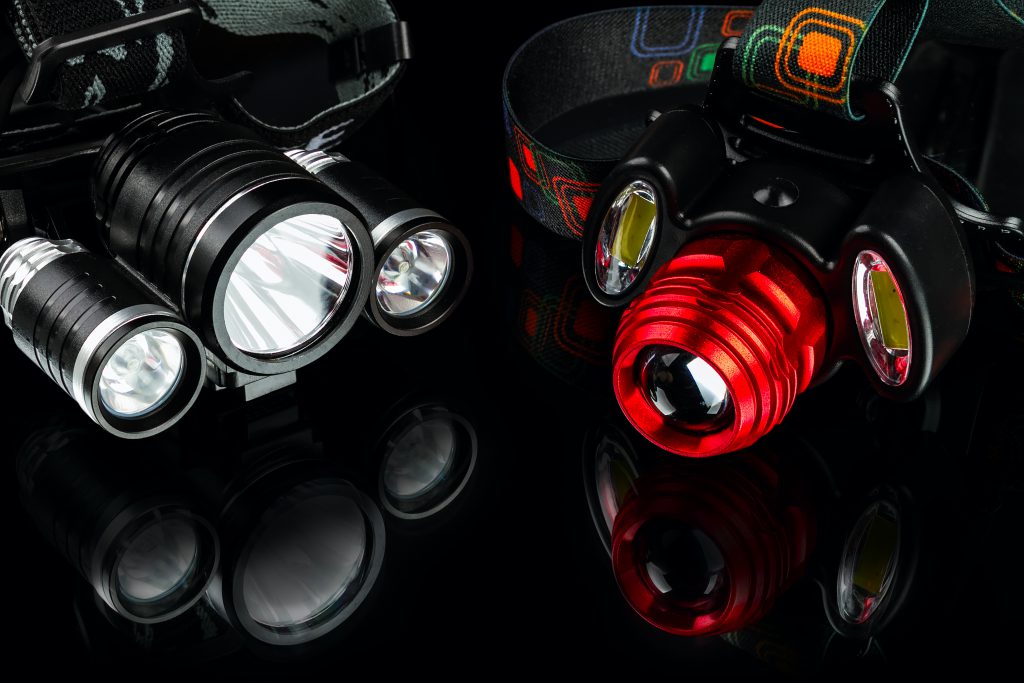
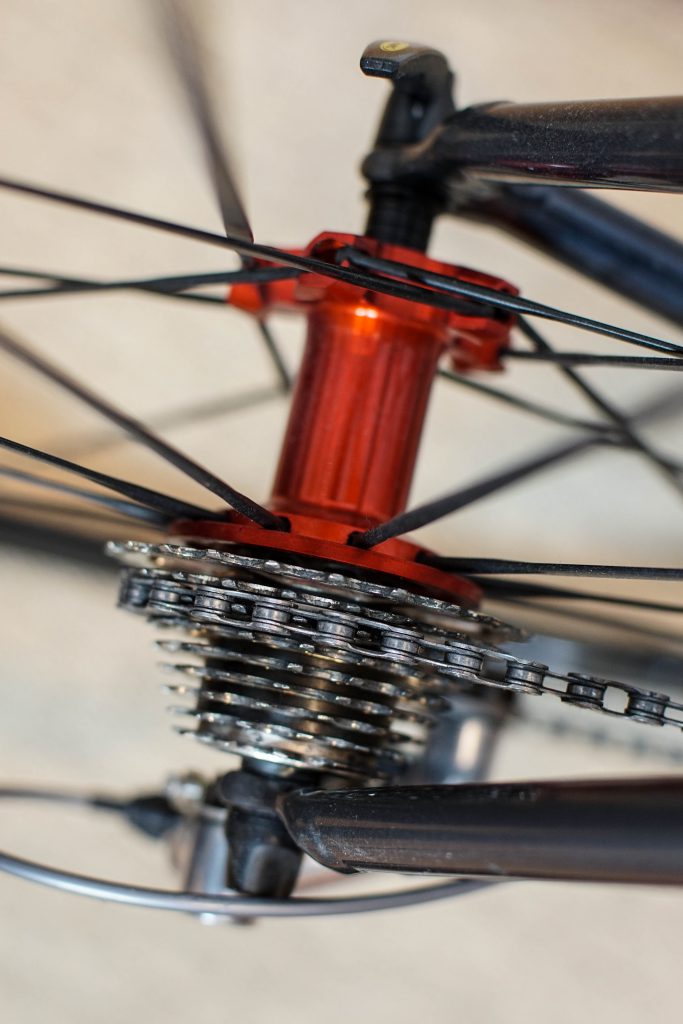
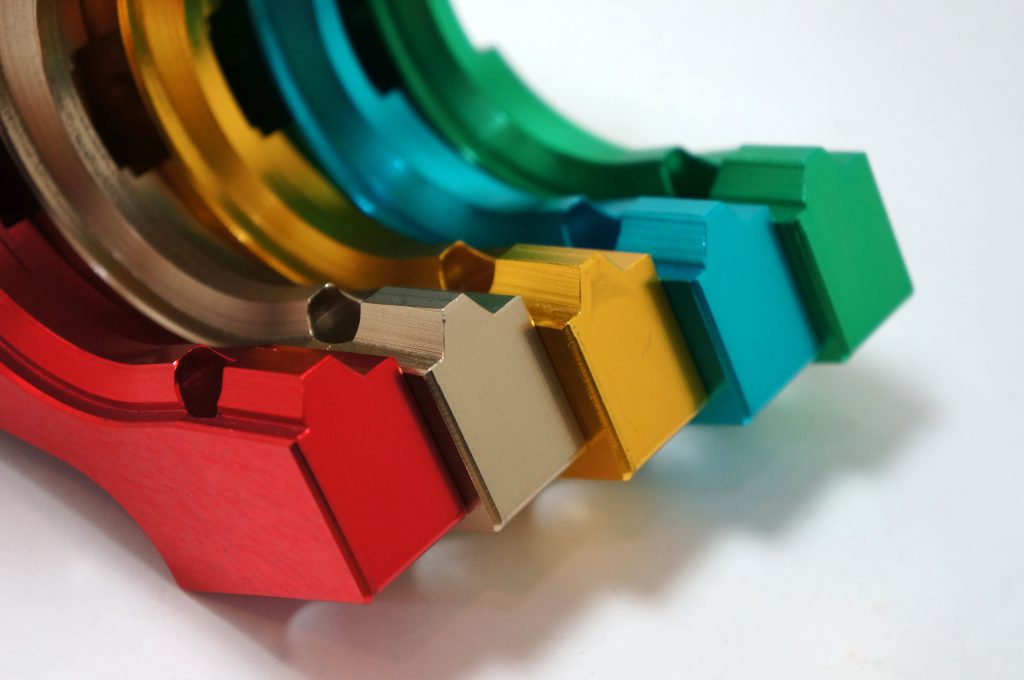
STANDARD ANODIZING (SULFURIC ACID TYPE II) – The most common and cost-effective anodizing process. Provides excellent abrasion and corrosion resistance. Except for die castings, these coatings are easily dyed a wide range of colors. Additionally, Danco also offers Type IIB as an environmentally friendly alternative option for Type I, Chromic Anodize, where authorized.
HARD ANODIZING (TYPE III) – Hardness equal to hard chrome plating is easily attainable. These coatings accept black dyes well, while lighter colors are available on thinner coatings. Type III provides excellent wear resistance and heat dissipation. This coating has an outstanding ability to absorb a variety of lubricants and is, therefore, recommended where friction is a factor. Dimensional Considerations for Aluminum Hard Anodized Coatings.
CHEMICAL FILM – Provides good corrosion resistance at low cost and is commonly used as a paint base. Compared to anodized films, these finishes are often used where low electrical resistance is required.
SPECIFICATIONS
ALUMINUM ANODIZING
Type II – Standard or sulphuric anodize
Type II B – Thin sulfuric acid anodizing, for use as a non-chromate alternative for Type I and IB coatings
Type III – Hard anodize
Class 1 – Non-dyed coatings
Class 2 – Dyed coatings (color to be specified)
Mil-PRF-8625
Type II – Classes 1 & 2
Type III – Classes 1 & 2
Mil-Std-171
7.2.1 – Type II – Class 1
7.2.2 – Type II – Class 2
7.5.1 – Type III – Class 1
7.5.2 – Type III – Class 2
Mil-DTL-14072
E511 – Type II & III – non-dyed & dyed
E514 – Type III – non-dyed
ASTM B 580-79
Mil-Std-186
Code 202 – Type II – Class 1
Code 203 – Type II – Class 2
Code 204 – Type III – Class 2 – dyed black
Code 207 – Type III – Class 1
CHEMICAL CONVERSION COATINGS OF ALUMINUM
Mil-DTL-5541
Class 1A Type I or II – Maximum corrosion protection
Class 3 Type I or II – Low dielectric resistance
(Type II is ROHS Compliant)
Mil-Std-171
7.3.1 Class 1A – Maximum corrosion protection
7.3.3 Class 3 – Low dielectric resistance
Mil-DTL-14072
E513 – Maximum corrosion protection
E512 – Low dielectric resistance
Mil-Std-186
Code 208
